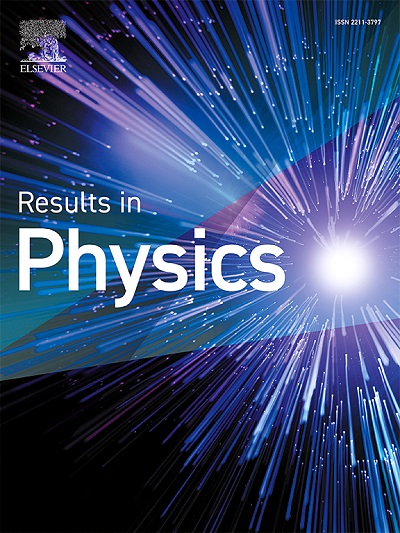Influence of entropy changes on first passage time in the thermodynamics of trajectories
IF 4.4
2区 物理与天体物理
Q2 MATERIALS SCIENCE, MULTIDISCIPLINARY
引用次数: 0
Abstract
An ensemble of trajectories with dynamical activity and first-passage time (FPT) is considered in the context of the thermodynamics of trajectories. The relationship between the average FPT and the total change in entropy is determined, with a focus on non-negative values of the total change in entropy only. Similar dependencies were found for dynamic activity, the dispersion of dynamic activity, and FPT, as well as for the correlation between dynamic activity and FPT. Applying the obtained results to model systems reveals dependencies on entropy changes in stationary nonequilibrium and equilibrium states. To relate changes in entropy to the conjugate parameter of the FPT, three models of the distribution function are applied to classical two- and three-level systems, and to a quantum two-level system.
求助全文
约1分钟内获得全文
求助全文
来源期刊

Results in Physics
MATERIALS SCIENCE, MULTIDISCIPLINARYPHYSIC-PHYSICS, MULTIDISCIPLINARY
CiteScore
8.70
自引率
9.40%
发文量
754
审稿时长
50 days
期刊介绍:
Results in Physics is an open access journal offering authors the opportunity to publish in all fundamental and interdisciplinary areas of physics, materials science, and applied physics. Papers of a theoretical, computational, and experimental nature are all welcome. Results in Physics accepts papers that are scientifically sound, technically correct and provide valuable new knowledge to the physics community. Topics such as three-dimensional flow and magnetohydrodynamics are not within the scope of Results in Physics.
Results in Physics welcomes three types of papers:
1. Full research papers
2. Microarticles: very short papers, no longer than two pages. They may consist of a single, but well-described piece of information, such as:
- Data and/or a plot plus a description
- Description of a new method or instrumentation
- Negative results
- Concept or design study
3. Letters to the Editor: Letters discussing a recent article published in Results in Physics are welcome. These are objective, constructive, or educational critiques of papers published in Results in Physics. Accepted letters will be sent to the author of the original paper for a response. Each letter and response is published together. Letters should be received within 8 weeks of the article''s publication. They should not exceed 750 words of text and 10 references.
 求助内容:
求助内容: 应助结果提醒方式:
应助结果提醒方式:


